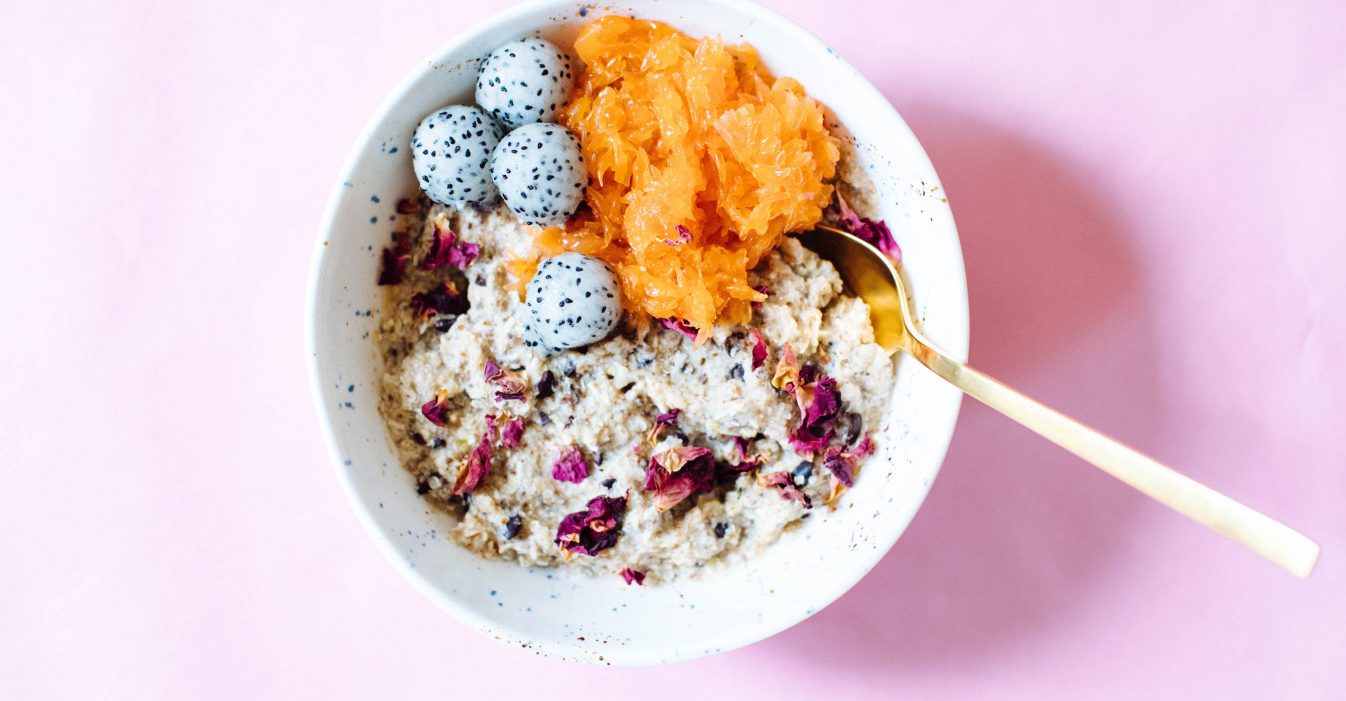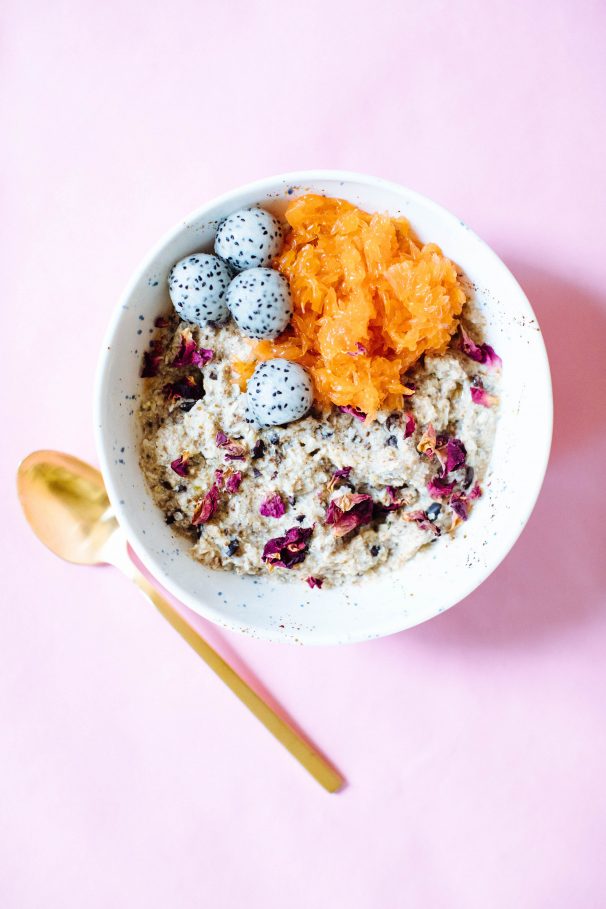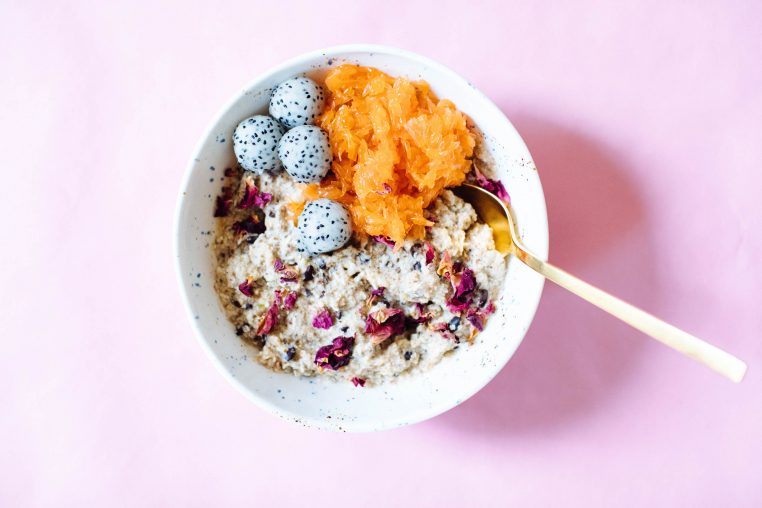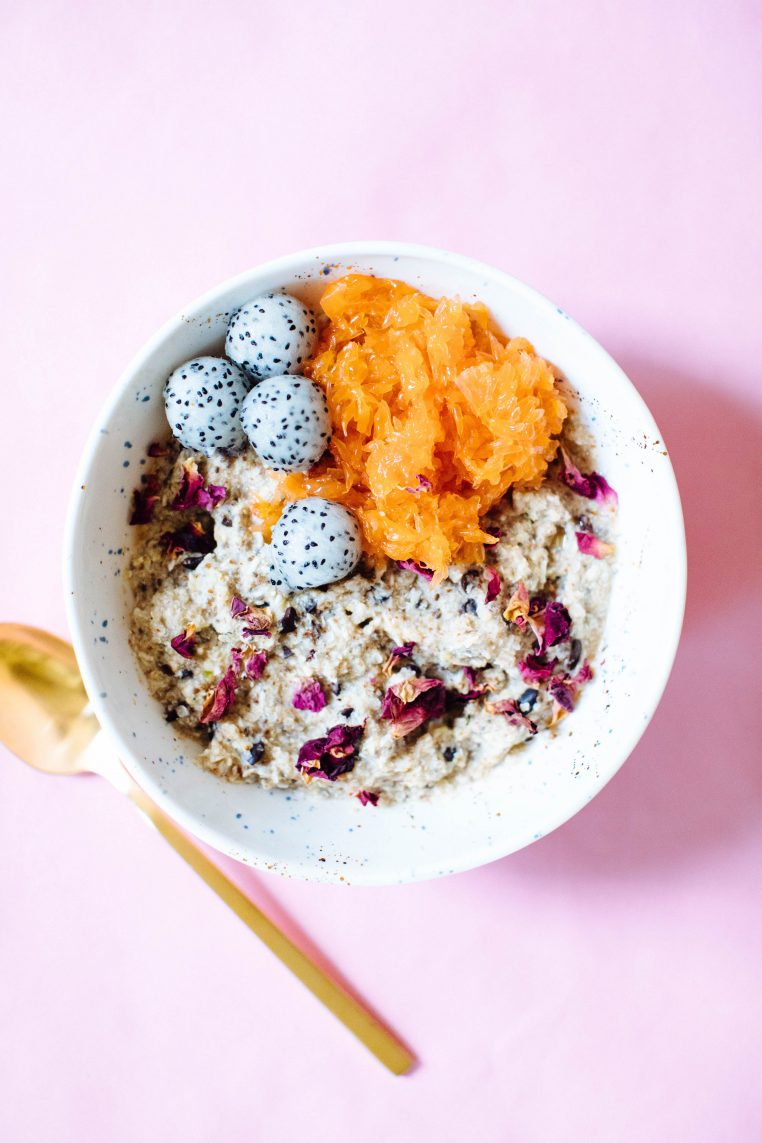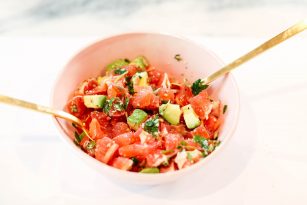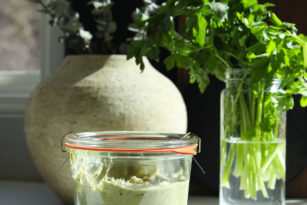Isn’t it great to have a handful of recipes you can use on everything from breakfast to dessert? Try out this grapefruit ginger compote.
This Grapefruit Ginger Compote can be made on the weekend for your meal prep and used from a breakfast topping with porridge to a topping on your favorite coconut milk ice-cream for a little sweet tangy combo. Grapefruits come in several varieties including red, white, and pink — they all taste relatively similar in my opinion, slightly sweet and bitter so you can use whatever grapefruit you have on hand.
The Health Benefits Of Grapefruit To Know About
For starters, let’s get the most popular component of grapefruit out in the open, vitamin C. In just 1/2 (100g) of a grapefruit there’s around 60% daily value for vitamin C. Obviously depending on our individual needs and health, we may need more vitamin C, but for most of us including something like 1/2 – 1 grapefruit a day will cover your vitamin C needs. In addition, think of all the dark leafy greens and other fruits and vegetables you’re eating on the Nutrition Stripped lifestyle, you’re covered with vitamin C!
When you think of lycopene you may think of tomatoes, and yes you’re right, but did you know that pink, orange, and red foods contain this powerful carotenoid phytonutrient? Lycopene, which also contributes to the pinkish color in the fruit, has the highest capacity at fighting free radical damage to cells (1). Eating grapefruit has also been shown to help decrease weight and fat mass in overweight adults and may improve insulin resistance (2)(3).
There’s also a lot of buzz when it comes to weight loss and fat loss and eating grapefruit — do you remember the whole grapefruit diet thing in the 80’s and 90’s? Well while I’m sure you can guess, I’m not a fan of that diet, but there are some studies showing grapefruit may reduce body fat in some individuals when mixed with other compounds such as caffeine, grapefruit polyphenols, and other antioxidants found in the berry family of fruits. In addition to this, grapefruit may also increase metabolic rate (i.e. metabolism!), by working on a cellular level increasing the amount of ATP, which is a fancy way of saying “cellular energy”.
The Other Half Of The G-Team: Ginger
In our article highlighting the best Adaptogens for Natural Stress Relief, we touched on ginger, because it can help calm digestion. Ginger is a root that contains potent anti-inflammatory compounds called gingerols, which have been shown to help fight inflammation with certain cancers such as ovarian and colon cancers, as well as diseases such as arthritis, muscular pain or swelling, and joint pain. It’s been used for thousands of years to treat ailments like colds, nausea, arthritis, migraines, and hypertension. (6) Read more about the studies on ginger and their levels of evidence here. Be sure to search “ginger” here on NS to find all of the many recipes and posts devoted to this powerful adaptogen.

